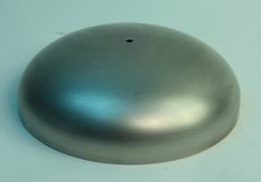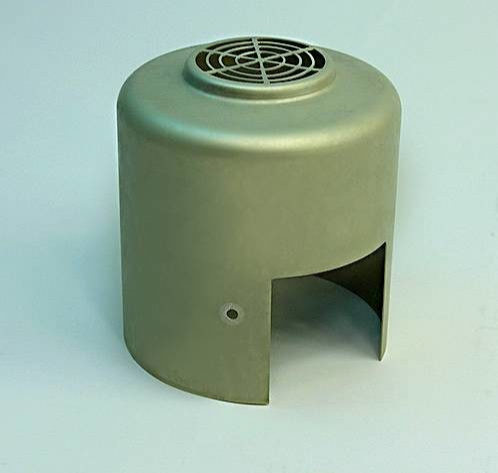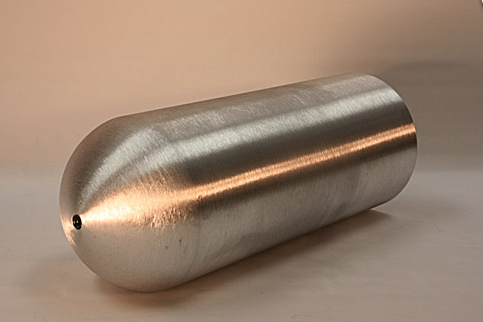All About Our Custom Tank Heads
Leave a CommentAtChina Exotic Alloy Screws, our metal spinning and sheet hydroforming processes produce a range of durable 

AtChina Exotic Alloy Screws, our metal spinning and sheet hydroforming processes produce a range of durable 
Hydroforming is frequently and advantageously applied within the aerospace industry. The typically high complexity of aerospace components necessitates a fabrication technique that can
Metal spinning is a well-known fabrication process that produces axially symmetric parts. This process is simple and yields high-quality results, and as such, it has become a primary production method for several manufacturers.
Depending on the specific form and structure of a component, there can be more than one metal fabricating process that can be used to meet the same end. Although different processes can achieve similar results, there may be greater benefits of one over another.


Metal Spinning is a process by which a disc or tube of ductile metal is rotated on a spindle and formed into an axially symmetric part. Through the use of heavy forces and high speeds, the metal will deform and “flow” to form the desired shape around a mandrel, a kind of mold that is shaped to the interior geometry of the planned part. This process allows metal to deform evenly, without any wrinkling or warping, to create a smooth, even, and seamless surface. The processes’ heavy forces also realign and strengthen the grain structure, significantly increasing the tensile properties and fatigue resistance of the base material.